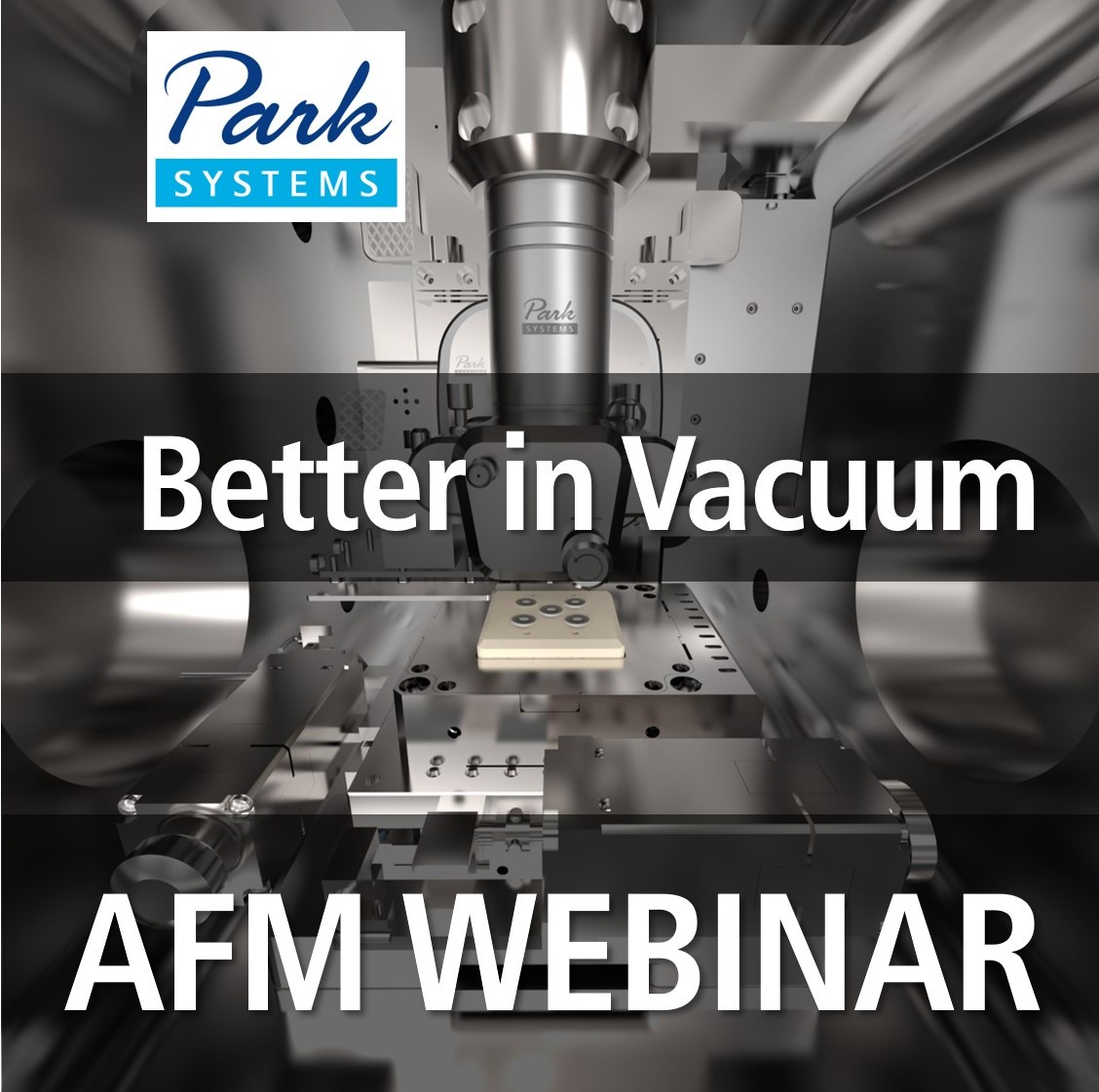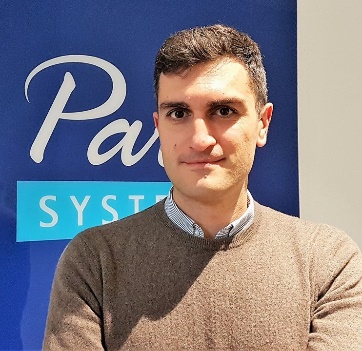Thursday, 23 July, 2020
- 10:00 am – 11:30 am
(GMT)
London, Dublin - 11:00 am – 12:30 pm
(CEST)
Berlin, Paris, Rome - 17:00pm - 18.30pm
[(GMT+8]
Beijing, Singapore - 18:00pm – 19:30 pm
[UTC+9]
Seoul, Tokyo

Abstract
Performing nanoscale measurements in high vacuum significantly improves the sensitivity and resolution of the acquired data and enhances the material analysis.
Park NX-Hivac AFM is a standalone AFM station performing high vacuum nanoscale measurements. It allows implementing all the main AFM advanced modes in a well-controlled atmosphere and pressure environment. The key feature of the Hivac tool is the possibility to measure samples in high vacuum, strongly reducing the presence of water and/or oxide layers on the surface of AFM probes and samples. This property is ideal for achieving high accuracy when probing AFM signals on the top of atmosphere sensitive samples if compared to standard commercial AFM systems, especially when dealing with electrical (conductive, PFM, KPFM) measurements. The NX-Hivac also allows setting partial pressure of gases inside the AFM chamber (e.g. N2 or Argon) for a better control of the measuring conditions.
The webinar will give a full introduction to the high vacuum AFM functions and will show the easy-to-use pumping station interface. Moreover, some test measurements will be performed in Frequency Modulation AFM.

Presented By :
Dr. Andrea Cerreta - Application Scientist Park Systems Europe, Mannheim, Germany
该Email地址已收到反垃圾邮件插件保护。要显示它您需要在浏览器中启用JavaScript。
Dr. Andrea Cerreta is an Application Scientists at Park Systems Europe, where he focuses on application development and support for the academic sector. He received his Ph.D. in Physics from the Ecole Polytechnique Fédérale de Lausanne (EPFL), Switzerland. He did his further doctoral work at the Solid State Physics Group of Université de Fribourg, Switzerland, which focused on studying electrical and magnetic properties of organic spin valves and spin polarized currents in superconducting materials, grown by means of Pulsed Laser Deposition, and characterizing the DC and AC transport properties of magnetic and superconducting samples. His expertise also spans the Frequency Modulation Atomic Force Microscopy in UHV for the study of biomolecules.






